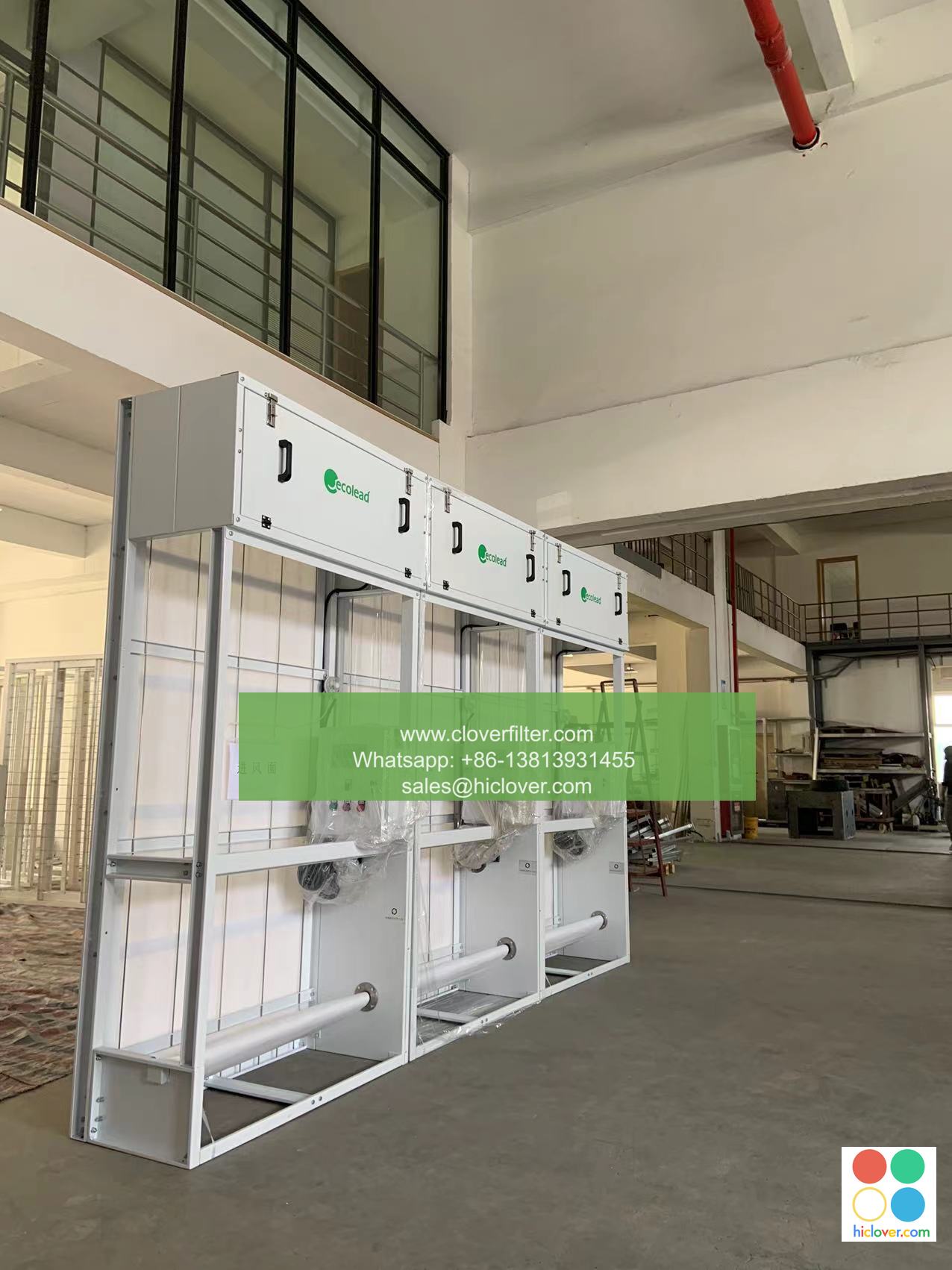How to Install Energy-Efficient Air Filters in Your Home

Energy-Efficient Air Filters: A Key to a Healthier Home and Wallet
When it comes to maintaining a healthy and comfortable living space, air quality is crucial. However, the air inside your home can be filled with pollutants, allergens, and irritants that can aggravate breathing issues and exacerbate respiratory problems. Installing energy-efficient air filters is a simple and effective way to purify the air you breathe, reduce energy consumption, and save money on your utility bills.
Why Energy-Efficient Air Filters?
Traditional air filters can be effective at removing large particles and allergens, but they can also be a breeding ground for mold and bacteria growth. Energy-efficient air filters, on the other hand, are designed to capture particles as small as 0.3 microns, including pollutants, odors, and germs. Additionally, they can help reduce energy consumption by minimizing the strain on your HVAC system.
Choosing the Right Filter
When selecting an energy-efficient air filter, consider the following factors:
- MERV Rating: A higher MERV (Minimum Efficiency Reporting Value) rating indicates greater efficiency and ability to capture smaller particles.
- Filter Material: Fiberglass, nylon, and polyester are common materials used in air filters. Fiberglass filters are inexpensive but may not be as effective, while nylon and polyester filters are more expensive but capture smaller particles.
- Filter Size: Ensure the filter size matches your HVAC system’s specifications.
- Airflow: A filter with a higher airflow rating will not restrict airflow too much, ensuring proper system function.
- Regular Filter Changes: Replace filters every 1-3 months, depending on usage and manufacturer recommendations.
- Clean the Filter Frame: Gently vacuum the filter frame to prevent dust and debris buildup.
- Inspect Filters Regularly: Check the filter periodically for signs of damage or clogging, replacing it promptly if necessary.
Installation and Maintenance
Step 1: Turn off Power
Before starting the installation process, turn off the power to your HVAC system to ensure your safety.
Step 2: Remove Old Filter
Locate the existing filter and remove it, taking note of its size and position.
Step 3: Install New Filter
Insert the new filter, ensuring it is securely fastened and facing the correct direction (usually marked with an arrow).
Step 4: Turn On Power
Turn the power back on to your HVAC system and test its performance.
Additional Tips and Precautions
Conclusion
Installing energy-efficient air filters is a simple and cost-effective way to improve indoor air quality, reduce energy consumption, and save money. By considering the right factors when selecting a filter, following proper installation and maintenance procedures, and staying vigilant with regular replacements and cleanings, you can breathe easier knowing your home is a healthier and more efficient space.
Keywords: Energy-Efficient Air Filters, Home Air Quality, HVAC Systems, Indoor Air Quality, Allergies, Asthma, MERV Rating, Filter Size, Filter Material, Airflow, Filter Replacement, HVAC Maintenance.
I’m excited to help! What’s your prompt? Do you have a topic in mind, or would you like me to suggest something? Let’s get started!


